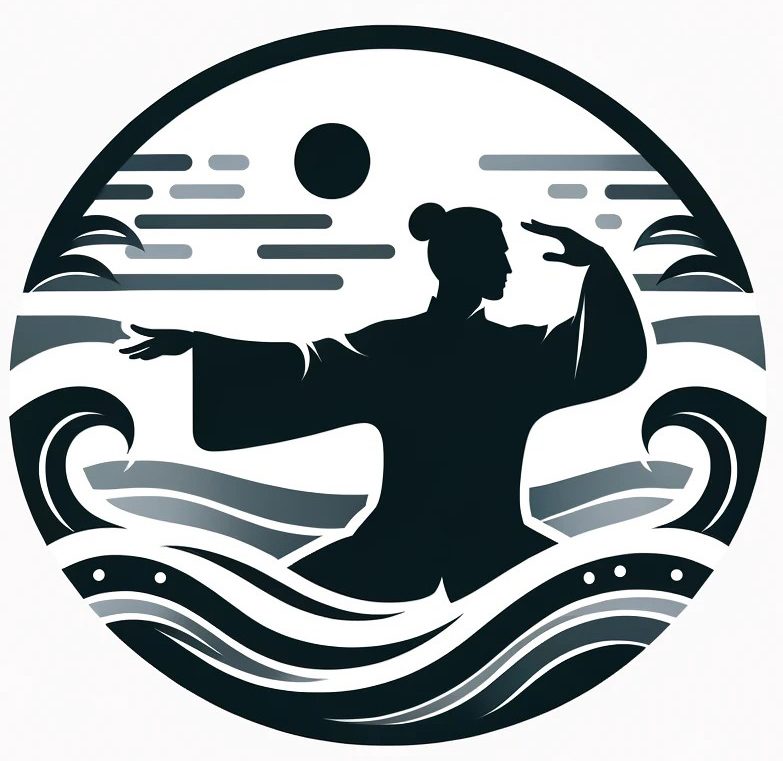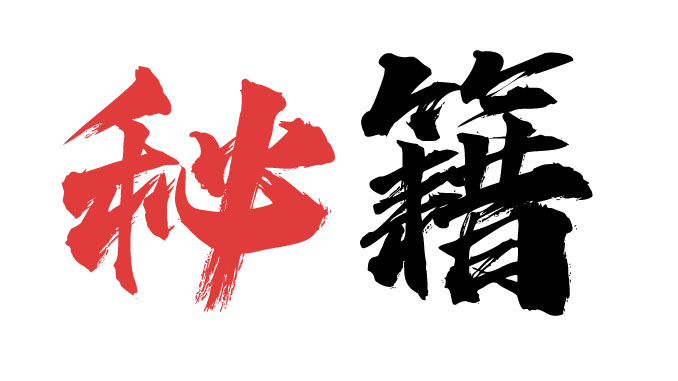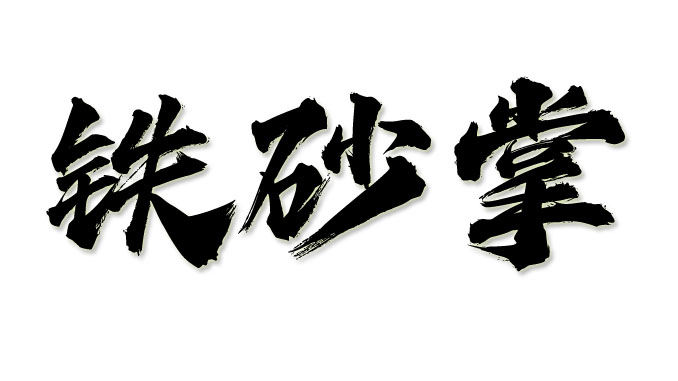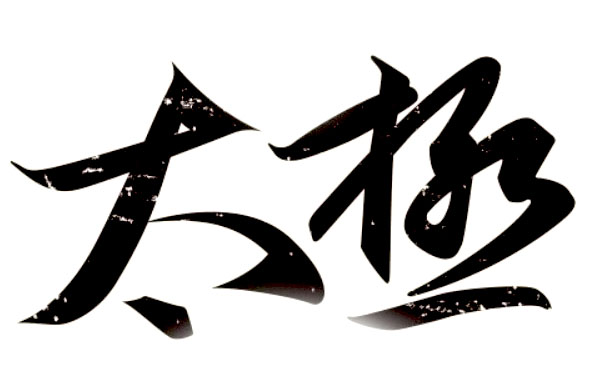Born in July 1944 in Chenjiagou, Wen County, Mr. Wang Xi'an was a disciple of the tenth generation of Chen-style Tai Chi Chuan inheritors Chen Zhao Pi, Chen Zhao Kui, and Feng Zhiqiang. He won numerous national and provincial martial arts championships. Mr. Wang dedicated his life to the promotion and dissemination of Tai Chi Chuan, teaching in over ten countries including France, Japan, the United States, and Spain, and establishing nearly 200 Tai Chi research and training centers worldwide. He was hailed as the "International Tai Chi King" by "US News" in America and awarded the title of "Permanent Honorary Citizen" by Osaka City in Japan and Bagnolet City in France. His works on Tai Chi Chuan, including "Chen-style Tai Chi Chuan Old Frame," "Chen-style Tai Chi Chuan Push Hands Techniques," and "Secrets of Chen-style Tai Chi Chuan Old Frame," have been translated into English, French, and Japanese, reaching audiences worldwide.







